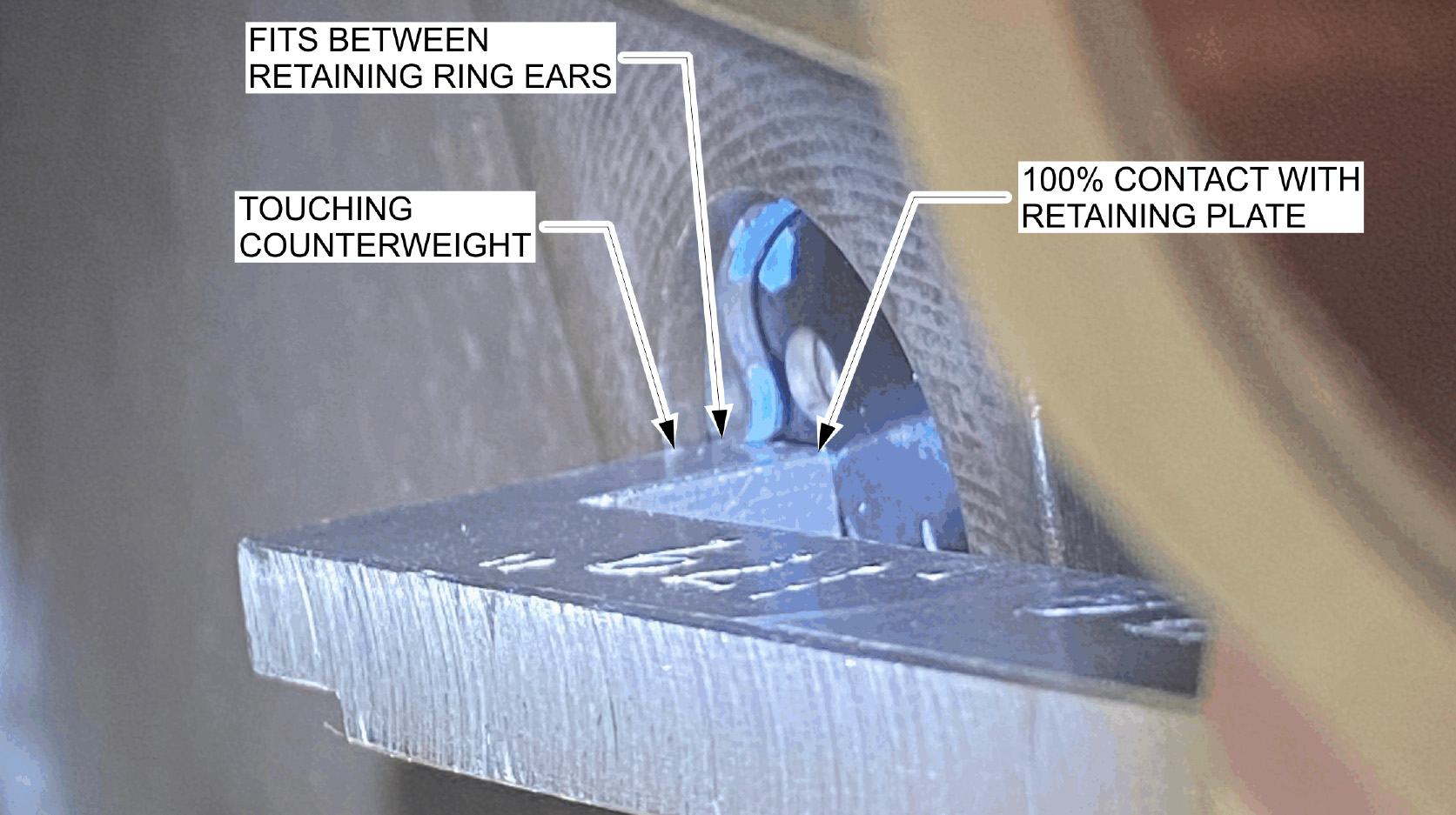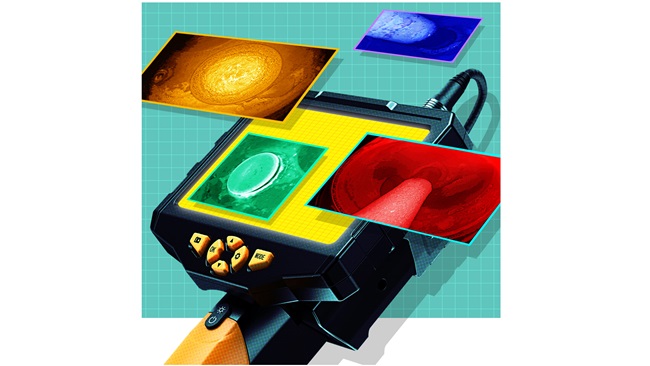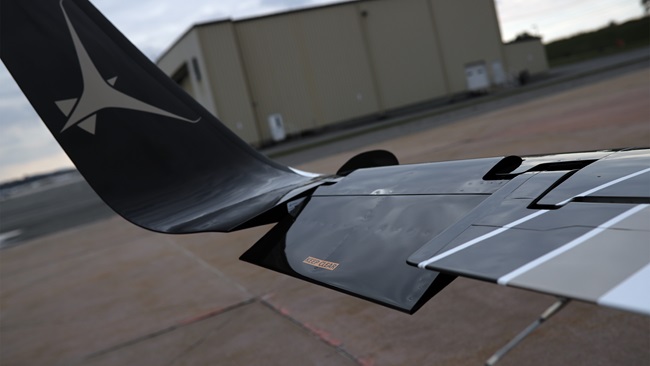FAA updates Continental engine AD
The FAA now estimate that 1,659 aircraft are affected by a revised airworthiness directive that expanded the original applicable model list to additional Continental Aerospace engine models subject to a directive to inspect and verify correct crankshaft assemblies to prevent possible in-flight failure.
The FAA directive published March 16 requires the having a mechanic pull up to three cylinders, depending on model, to inspect and verify (or rectify) the crankshaft assembly.
The AD first published in February made a recent mandatory service bulletin issued by Continental Aerospace Technologies legally enforceable upon publication in the Federal Register. The potential for improper crankshaft assembly first came to light when Cirrus Aircraft opted to ground its fleet of SR22 and SR22T models equipped with one of the Continental engine models subject to the service bulletin (and now the AD) that pertains to engines in the 360, 470, 520, and 550 series.
Inspecting hundreds of the affected crankshaft assemblies will be easy, as the counterweight retaining rings are clearly visible when the crankshaft assembly is not installed, but more difficult (and time-consuming) to access when already in the aircraft. The FAA now expects 553 engines can be inspected with one cylinder removed, another 553 will require the removal of two cylinders, and 553 engines will need three cylinders removed, with the cost per aircraft ranging from about $1,000 to about twice that amount, depending on the number of cylinders removed for inspection. (The original AD estimated 544 affected engines for each category.)
"The FAA has included all known costs in its cost estimate. According to the manufacturer, however, some of the costs of this AD may be covered under warranty, thereby reducing the cost impact on affected operators," the agency noted in the February AD.
Unlike Continental's previous guidance to owners, the FAA did not exclude engines with more than 200 hours time in service.
“While the manufacturer’s service information excludes engines accumulating 200 or more operating hours, the FAA has not, as of yet, been provided with adequate data to support that exclusion,” the agency wrote. “In the event the FAA receives data to support the exclusion of engines with more than 200 operating hours, or make other changes to this AD, the FAA may consider further rulemaking.”
The FAA Safety Team posted additional information about the various ADs, including a flowchart to help determine which requirements apply.




